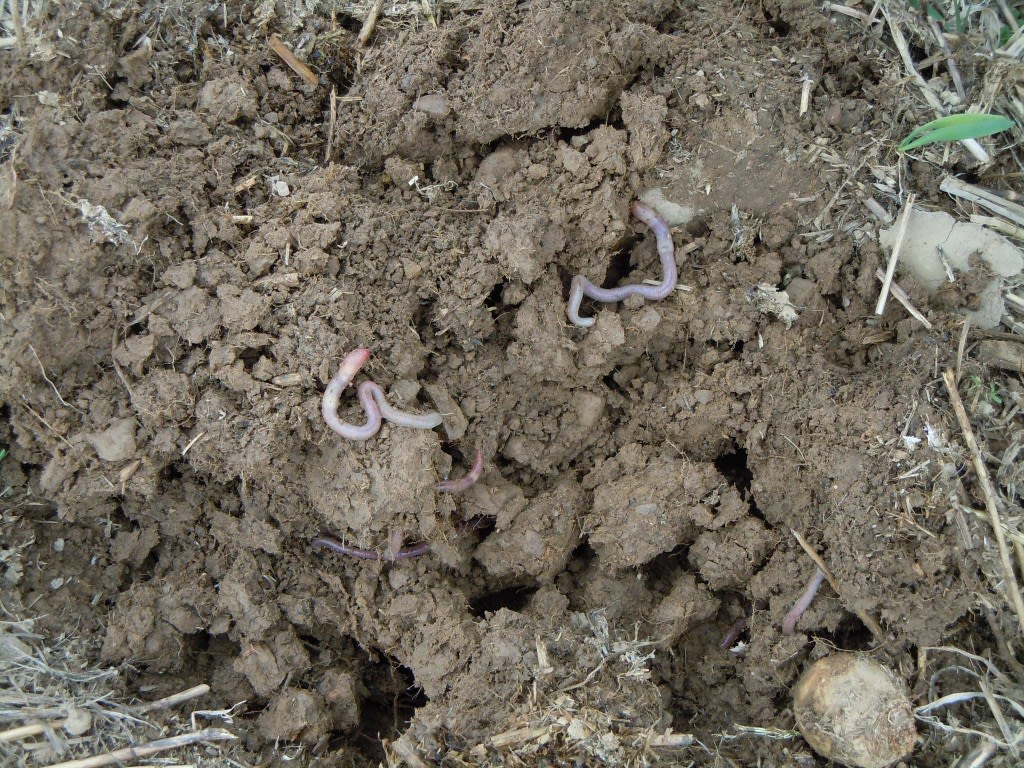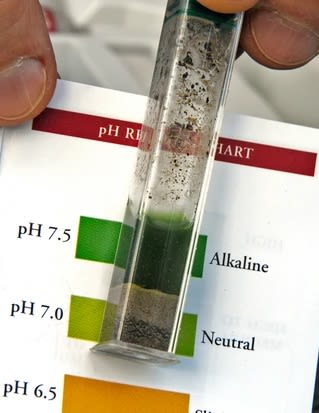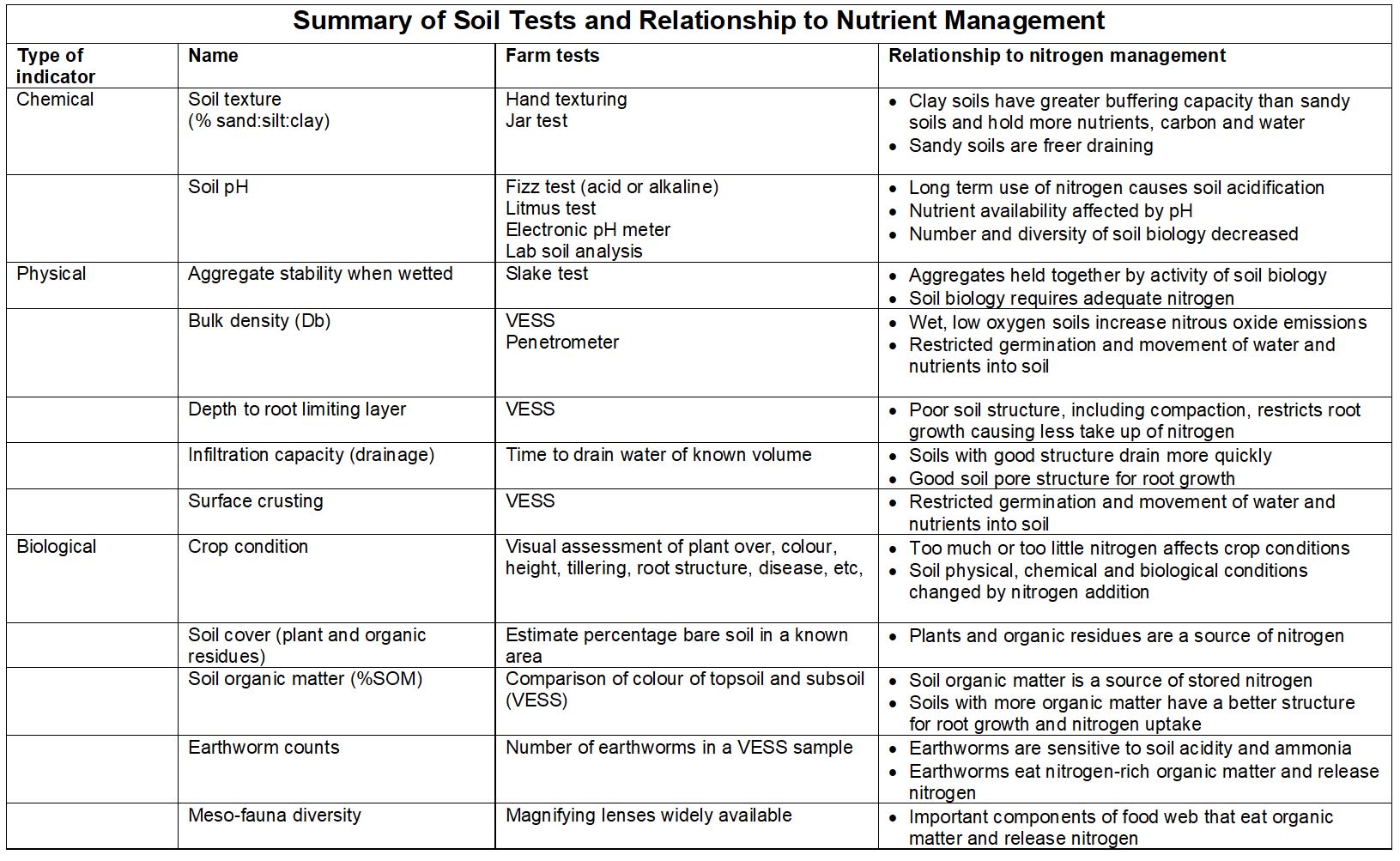INMY Farm: Soil Testing
Integrated Nutrient Management in Yorkshire

Soil Testing and Nutrient Management
‘Soil quality ... is an essential natural asset and its careful management can help to provide a whole range of public goods... [S]oil is specifically named in the Bill, so we can provide financial assistance to farmers for protecting or improving its quality.’
- Defra press release,16th January 2021
Healthy soil is the core of any successful farming business. Managing nutrients, particularly to reduce, recycle and reuse nitrogen as efficiently as possible, is a critical goal in reducing losses to water (nitrates), air pollution (ammonia) and soil degradation as well as preventing significant economic loss to farmers for use of nutrients that are wasted. (See Case Study of Nutrient Management.)
Controlling soil health therefore can benefit both the WAGES of the environment – Water, Air, Green House Gases, Ecosystems, and Soil – and the wages for farmers by savings from reduced inputs and from payments for public goods (Table 1). In the UK, 87% of ammonia emissions come from agriculture with slurry and manure application responsible for about 25% and fertilisers for 23%, so managing these nutrients more effectively could create a significant reduction in ammonia pollution.
The starting point for nutrient management in soil health is testing the soil. Soil testing on arable land is already required for some factors every 5 years, but more extensive testing is likely to become a requirement to increase efficient use of fertilisers.
The good news is that basic soil tests are relatively easy to carry out and there are also more advanced tests that can give more in-depth information to make nutrient management more efficient and effective.
Soil Testing
All measurements are a proxy for actual soil health. Therefore, using a suite of tests will give more information on which to base decisions. The goal is to determine the available supply of nutrients in the soil which can then be used to determine requirements for adding fertilisers or other soil amendments, e.g. minerals.
There are many measurements which can be taken to understand soil health from in-field tests requiring only a spade to complex chemical and biological analyses that require a specialised laboratory. Below are some useful soil tests where results can help to develop a nutrient management plan. Some are basic information about the land such as soil structure which will not change significantly in a short time while others are tests that should be conducted anywhere from every six months (e.g. earthworm count) to every 5 years (nutrient analysis).



VESS Test (Visual Evaluation of Soil Structure)
There is no substitute for getting out and digging a hole to evaluate the soil. These inspections are relatively quick to conduct and can tell a great deal about the health of the soil. VESS should be conducted in both representative areas within a field and in areas where compaction is known to have taken place. VESS analysis should be done of topsoil and subsoil for the best results. The scale ranges from 1 (friable soil) to 5 (very compacted).
You can download the VESS procedure and scoring sheet.
Earthworm Count
Earthworms are soil engineers, improving porosity and plant productivity and are an important food source for native birds. There are three different types of earthworm, each with a unique function, and numbers of worms are a good indicator of tillage practice and soil status. They eat rich organic matter and release nitrogen into the soil but are very sensitive to ammonia and also can be affected by pH, waterlogging, compaction, tillage, rotation and organic matter management. Here is How To Count Earthworms




pH of Soil
Soil pH is an excellent indicator of a soil’s suitability for healthy plant growth and for most crops, pH should be in the range of 6 to 7.5. Soil pH levels that are too high or too low will lead to deficiency of many nutrients, decline in microbial activity, decrease in crop yield, and deterioration of soil health. Soils with high clay and organic content are better able to resist changes in pH (have a greater buffering capacity) than sandy soils. (See Adjusting pH in Soil.)
pH can be measured in-field using litmus paper or an electronic pH probe. pH can change rapidly because of factors including nutrient application or type of crops, so it is recommended to test pH every 2-4 years. It’s important to choose a representative soil sample for testing and avoid testing soil recently treated with fertiliser, compost or other materials.




Soil Organic Matter (SOM)
Organic matter in soil consists of fresh plant residues (litter, decaying roots), small living soil organisms, decomposing organic matter, and stable organic matter. Organic matter adds to soil fertility and overall soil health by enhancing the physical, chemical, and biological properties. While you can get a general idea of organic matter by colour, with darker brown soils generally having more than lighter grey soils, estimating the Soil Organic Matter (SOM) percentage is more accurate by using results of lab analysis.
Bulk density
Bulk density of soil determines characteristics such as the infiltration rate, water capacity, soil porosity, rooting depth and nutrient availability. It will also vary somewhat with the type of soil. A lab will conduct this test when they are measuring Soil Organic Matter because bulk density is used to adjust the estimates of SOM. It is also critical for determining if soil is deficient in nutrients.



Soil Nutrient Analysis
If you are going to apply manures or fertiliser, you must use the results of soil tests that are no more than 5 years old to plan your nitrogen application for every crop and keep plans as part of your farm records (see Farming Rules for Water). The measures required are Nitrogen (N), Phosphorus (P), Potassium (K), Magnesium (Mg) and pH. Nitrogen can be estimated from previous cropping, soil type, rainfall and nitrogen inputs.
Soil pH and nutrient concentrations can be affected by soil conditions, so it is best to always sample at the same time of year and at the same point in the rotation. Soil P, K and Mg do not change rapidly, so sampling every 3-5 years is adequate. Conversely, pH can change rapidly because of factors including nutrient application or type of crops, so it is recommended to test pH every 2-4 years. (See pH Testing.)
Specialised laboratory soil sampling and analysis can give accurate information about levels for plant nutrients (P, K, Mg), pH and lime requirements. It is advisable to use the same company for soil samples.





Policy and Payment
The Sustainable Farming Scheme, which is currently running pilots, will pay farmers on arable and grassland for actions such as soil assessments using VESS, earthworm counts and Soil Organic Matter measurement or implementing a soil improvement plan.
The payments for Introductory, Intermediate and Advanced actions cover a wide range of activities and there are other programmes with funding for equipment and capital items.

Science of Soil Testing
Nitrogen Imbalances
On UK arable farms, losses of nitrogen are primarily associated with over-application of fertilisers and over-cultivation of soils. On average, crops only take up half of the nitrogen applied, and livestock only take up a fraction and excrete the rest. Nitrogen inputs ultimately leave the farm as food products, or crop residues and excreta that are not recycled back to land, and losses to deep soil (beyond the reach of crop roots) and groundwater, run-off to waterways and release to the atmosphere.
pH and Soil Nutrients
The pH of the soil is critical for controlling the availability of nutrients to plants (see table). The availability of nitrogen changes because the number and diversity of microorganisms is smaller in acidic soils and organic matter decomposition is reduced. Nutrients like calcium and magnesium and potassium, and some toxic metals like aluminium, are pushed off soil minerals into solution and can be washed out of the soil, especially after high rainfall. Loss of cations changes the way that soil particles bond together into soil crumbs and affects the ability of the soil to maintain a good structure for root growth. Soil structure is also affected because earthworm ‘soil engineers’ are sensitive to acidity and ammonia.





